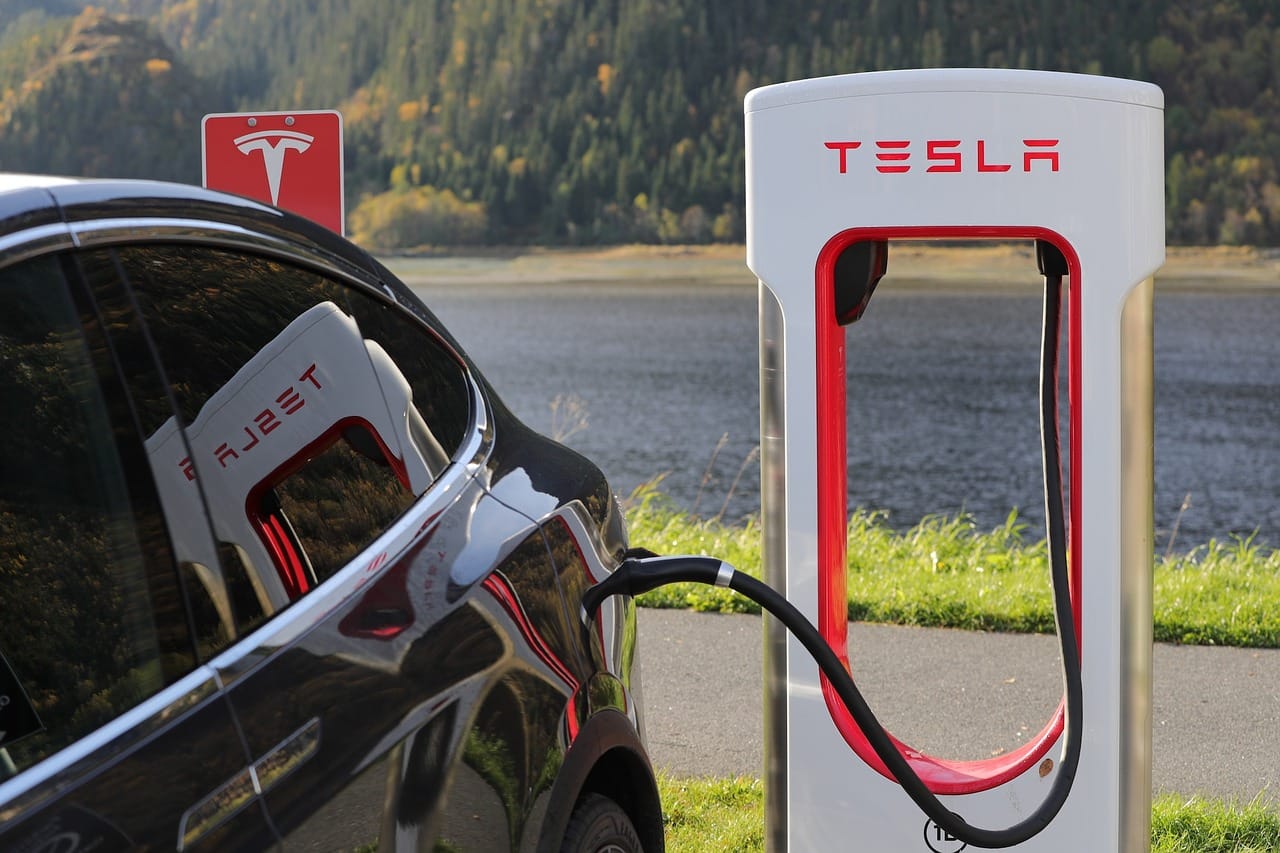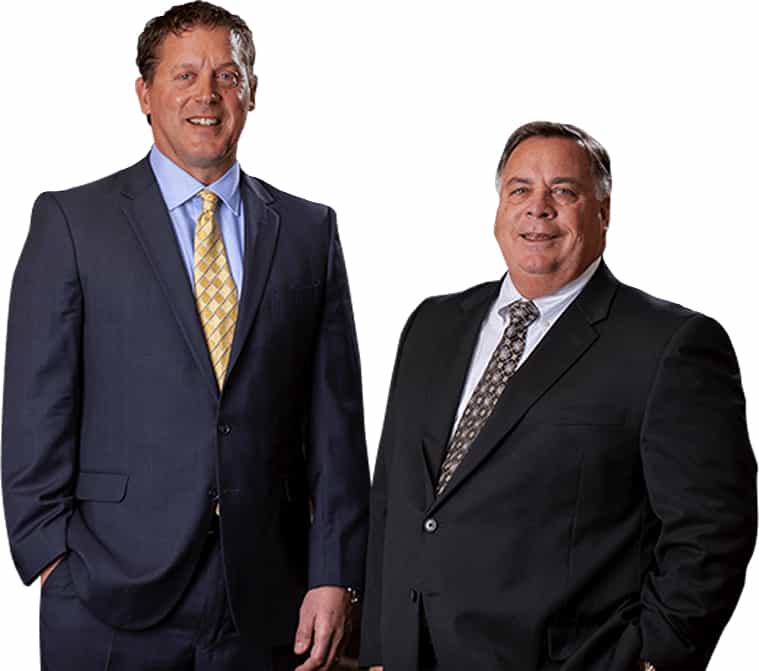
Self-driving cars allow drivers to take a metaphorical back seat to built-in tech that uses real-time roadway analyses and sensors to safely get passengers from point A to point B without the human flaws of tiredness, distraction or inebriation. They are also not available to the public. But wait, Teslas come with self-driving technology, do they not?
The simple answer is, no. What some assume are “self-driving cars” are actually driver-assisted vehicles. Though a subtle, seemingly insignificant difference in verbiage, this means that the act of driving still requires that you pay attention to the road. Without doing some research or getting behind the wheel of a vehicle with such technology yourself, you would be forgiven for assuming these cars were fully autonomous.
These assumptions, however, are bleeding into our world of personal injury in significant and unfortunate ways. Even going beyond false assumptions about the abilities of today’s partially self-driving cars, drivers of these vehicles can easily fall into bad habits of only watching the road with one eye open (if at all)–just look to the recent and tragic pedestrian death linked to an Uber self-driving car. Despite the impressive abilities of these cars, we are years off from being able to catch up on our favorite Netflix television series or get in a few more precious minutes of shut-eye on our daily commute to the office.
We also cannot safely drink alcohol and trust our car to act as our designated driver. It seems that is exactly what one man out of San Francisco attempted to do, getting behind the wheel of his Tesla Model S with blood alcohol content at two times the legal limit. Luckily, he did not harm himself or others but was instead apprehended while asleep at the wheel on the famous Bay Bridge. His excuse? The car was on “Autopilot.” The California Highway Patrol surely taught him a lesson that night as he was carted off to jail and his Tesla was towed.
Is this false sense of safety perpetuated by the vehicle, or simply assumed by the driver? In the case of the Tesla, these vehicles have a warning before the vehicle can engage its Autopilot mode for the first time that blatantly states that drivers must remain fully attentive and keep their hands on the wheel at all times. To further push the point, the owner’s manual reiterates that the “Autosteer” technology will not navigate around objects partially or completely in the driving lane. Better yet, if you decide to crack open the morning newspaper as you cruise down the highway, the Tesla Model S will beep at you and eventually slow to a stop if you do not place your hands back onto the steering wheel.
Though these warnings and safety nets certainly help, it is also the responsibility of the driver to be informed about the vehicle they are driving and technology they are utilizing, especially considering being willfully ignorant about self-driving cars could result in the injury or death of others on the road. Understand that even with today’s best autonomous technology, you are still responsible for your actions behind the wheel.
As for the future of self-driving cars and the law, though no laws have been passed that directly address fully autonomous vehicles, they will be necessary soon. Until both the tech and the law advance to a point that the driver is absolved of responsibility behind the wheel, we firmly suggest you keep your eyes on the road, both hands on the steering wheel and continue to never drink and drive. Drive safely for yourself and those you share the road with every day.
If you, a friend or a loved one are unfortunately injured as a result of an automobile accident or have any questions, do not hesitate to contact Wieland, Hilado & DeLattre, P.A. at 407-841-7699. For additional resources, keep checking our blog, LIKE us on Facebook and follow us on Twitter for more helpful hints and to always be informed about best practices in law. – See more at http://www.whdjustice.com.


